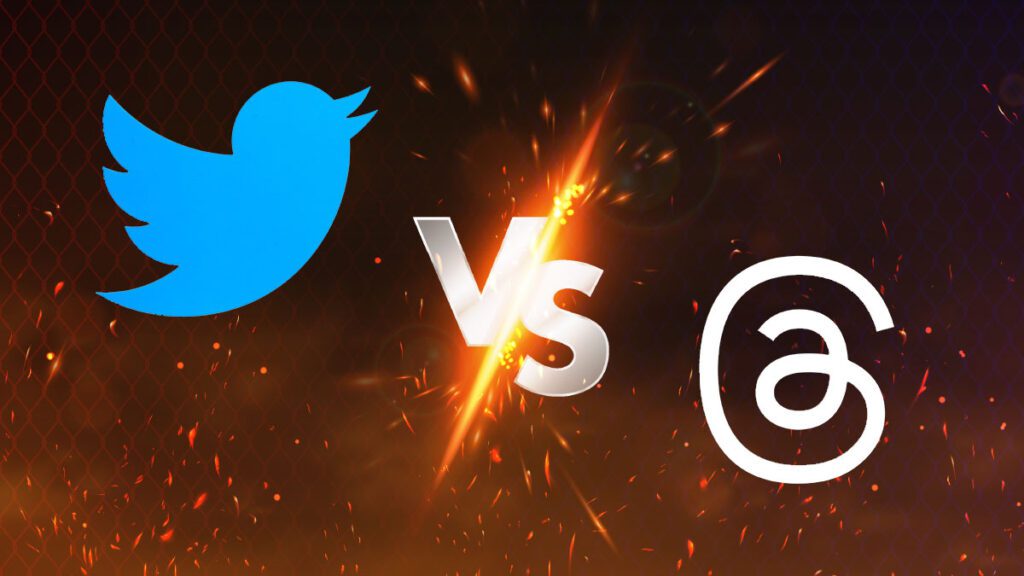

Jacob’s Ladder piercing is an edgy and daring form of body modification that involves multiple perforations along the underside of the penile shaft. This unique piercing offers a ladder-like appearance, making it visually striking and aesthetically appealing to those seeking bold self-expression.
In this blog post, we’ll explore what Jacob’s Ladder piercing entails, the different types of Jacob’s Ladder Piercing Jewelry available, the procedure for getting this piercing, where to buy high-quality jewelry, and the costs associated with both the piercing procedure and the jewelry itself.
What is Jacob’s Ladder Piercing?
Jacob’s Ladder piercing involves the insertion of several piercings, typically ranging from 3 to 6, along the penile shaft. These piercings are usually placed parallel to one another, creating the illusion of a ladder-like arrangement. This piercing is a popular choice for individuals seeking a visually unique and intimate form of self-expression.
Jacob’s Ladder Piercing Jewelry
When it comes to jewelry for Jacob’s Ladder piercing, there are various options to suit individual preferences. Some popular choices include:
- Straight Barbells: Straight barbells are the most common type of jewelry used for Jacob’s Ladder piercings. They come in different lengths and materials, such as surgical steel, titanium, or biocompatible plastic.
- Captive Bead Rings (CBRs): CBRs are circular rings that feature a removable bead, creating a seamless and sleek look. They are available in various diameters and materials.
- Circular Barbells: Circular barbells are similar to CBRs but have threaded ends instead of a bead, providing a secure and stylish option for this type of piercing.
READ MORE: Everything To Know About The Jacob’s Ladder Piercing
Procedure for Getting Jacob’s Ladder Piercing
Getting a Jacob’s Ladder piercing should be done by a professional and experienced piercer in a clean and sterile environment. The procedure involves the following steps:
- Consultation: During the initial consultation, the piercer will discuss the desired placement and the number of piercings to be done based on individual anatomy.
- Marking: The piercer will carefully mark the entry and exit points for each piercing to ensure accurate placement.
- Piercing: Using sterilized needles or a dermal punch, the piercer will create the perforations, following the marked positions. After the piercings are made, the chosen jewelry is inserted into each hole.
- Aftercare: The piercer will provide detailed aftercare instructions to promote proper healing and reduce the risk of infection.
Where to Buy Jacob’s Ladder Piercing Jewelry
High-quality Jacob’s Ladder piercing jewelry can be found at reputable piercing studios, tattoo parlors, or online body jewelry retailers. It is essential to choose jewelry made from hypoallergenic materials like surgical steel, titanium, or biocompatible plastic to minimize the risk of adverse reactions.
READ ALSO: Prince Albert Piercing Jewelry: Types, Cost, Procedure
Cost of Having Jacob’s Ladder Piercing and Buying Jewelry
The cost of getting a Jacob’s Ladder piercing can vary based on the location, the piercer’s experience, and the number of piercings involved. On average, the procedure can range from $150 to $300 or more.
The cost of Jacob’s Ladder piercing jewelry depends on the material and quality of the jewelry. Typically, straight barbells or captive bead rings can cost between $10 to $50 each, while circular barbells may be slightly more expensive.
Conclusion
Jacob’s Ladder piercing is a striking and unique form of body modification that offers individuals an opportunity for bold self-expression. With various jewelry options and an experienced piercer, this piercing can be a visually appealing addition to your body art.
Remember to prioritize safety, hygiene, and the use of high-quality jewelry to ensure a smooth healing process and long-lasting enjoyment of your Jacob’s Ladder piercing.








